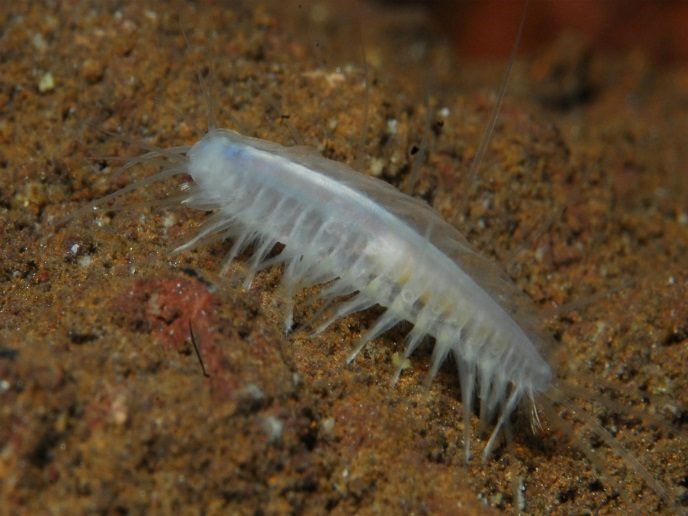Parasite population dynamics in birds
Understanding how parasite transmission influences population structure and virulence is central for understanding host-parasite coevolution and importantly for coping with emerging diseases. The EU-funded AVIANMALARIAGENETICS (Patterns and drivers in malaria-like infections: meta and infra-population dynamics of specialised parasites) project studied co-evolutionary and population dynamics and their underlying mechanisms within and between hosts of parasites in wild bird populations. To achieve this, researchers focused on raptors, an intensively studied group across Europe. The consortium established a raptor sample exchange network (RSEN), which comprised scientific and conservationist working groups as well as rescue centres across Europe. The network provided samples from different raptor species and populations, and enabled the identification of scale-dependent patterns of parasite population dynamics. Considerable part of the work entailed the intensive repeated sampling of buzzard nestlings infected with Leucocytozoon, a blood parasite for which microsatellite and parasite antigenic markers have been identified. The team generated blood smears for laser-capture microdissection and multiplex PCR assays, covering more than 90 loci for the buzzard host and the Leucocytozoon parasite. The samples were also genotyped for the mitochondrial genetic lineage of the infection. The data obtained during the study spans 16 years with nearly complete spatial coverage of the host-parasite populations, over 3 000 samples and a Leucocytozoon infection prevalence of 44 %. Overall, the results facilitated the identification of population dynamics and selection patterns in relation to the genotypes of hosts and parasites. Researchers discovered several loci suitable for population genetic analyses of both host and parasite. A set of other loci delivered signatures of selection on the parasite population during the course of single infections. The results of the project supported the hypothesis that under given conditions in solitary species, vector-transmitted diseases can spread from parent to offspring; this pattern becomes weaker with increasing coloniality of the hosts. The identified mechanisms underlying population dynamics may serve as the basis for studying human parasites and their evolution over the years.







